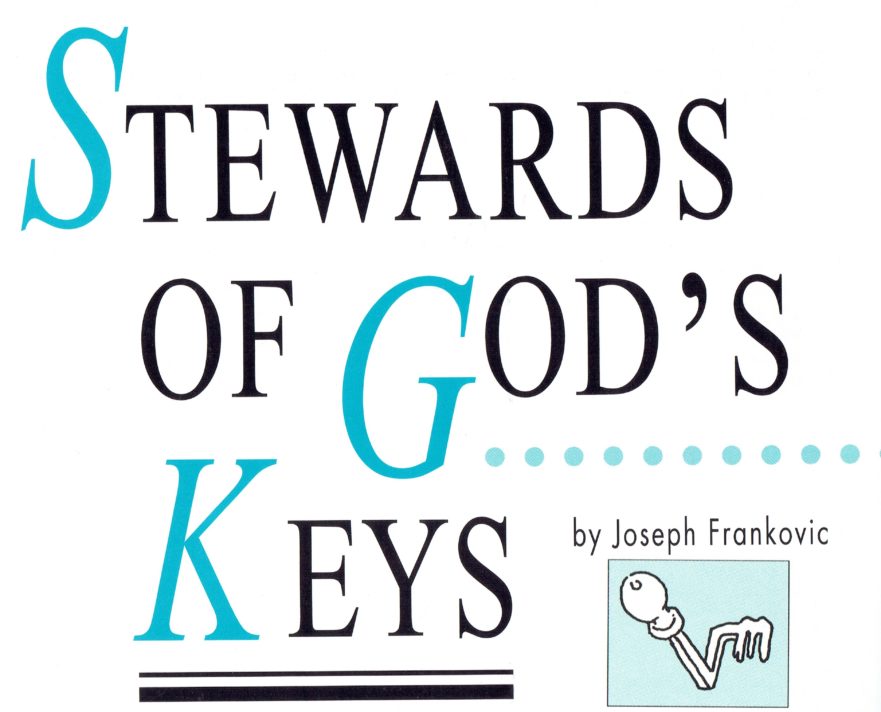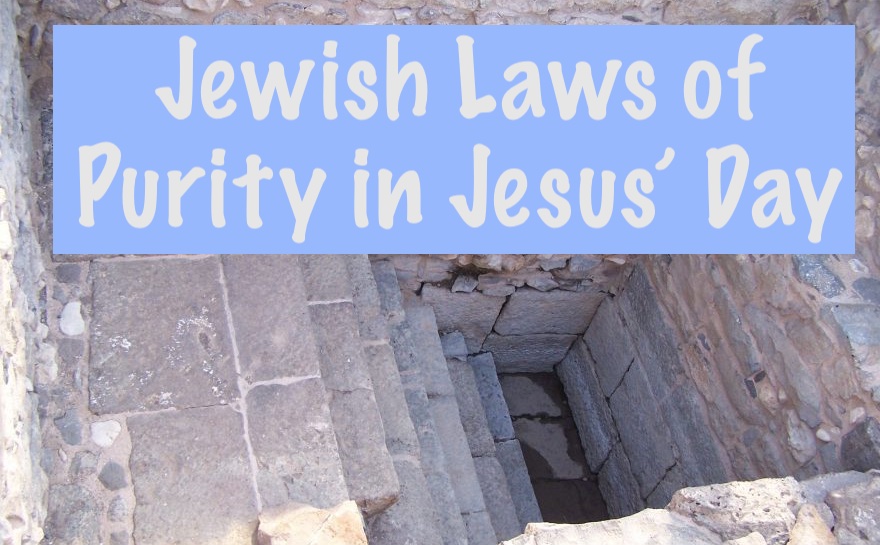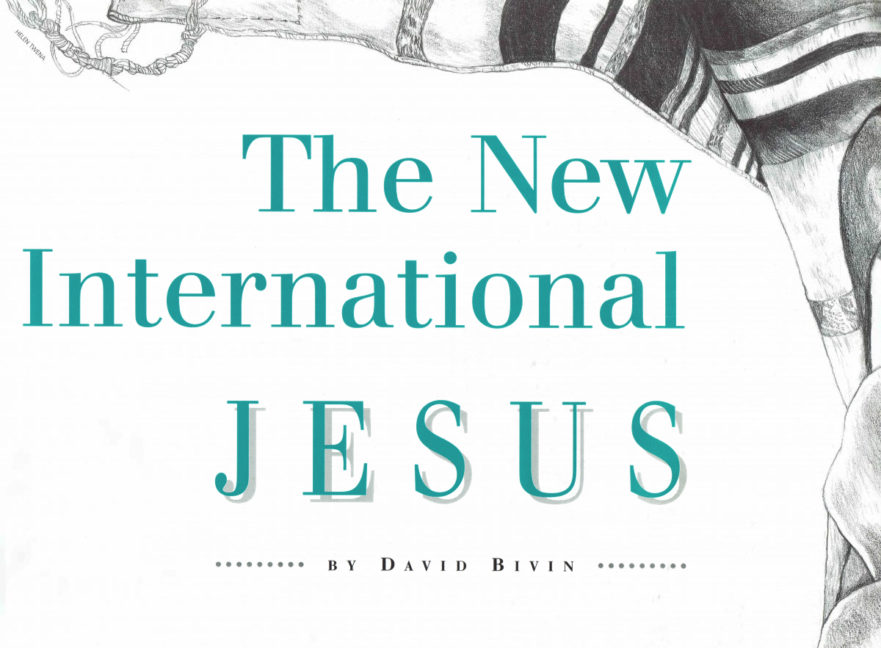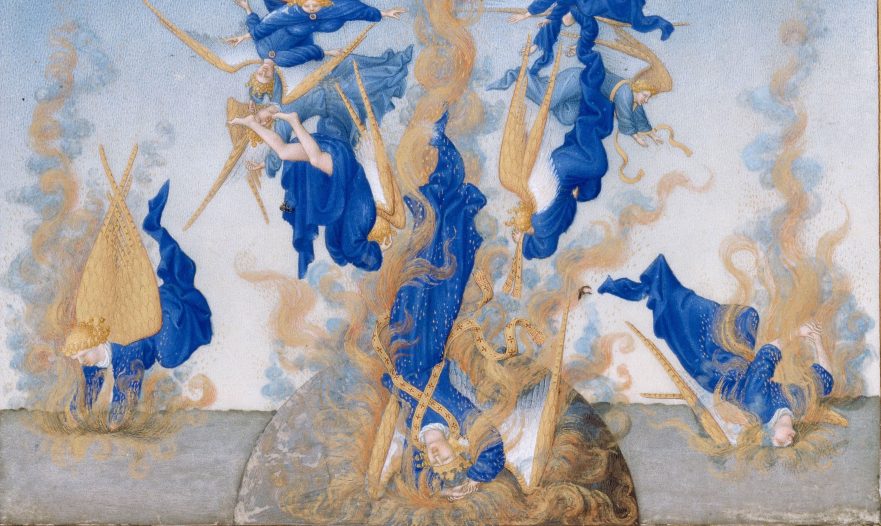When he was a child he visited the holy city with his parents every year (Luke 2)—a tradition he
LOY Excursus: Catalog of Markan Stereotypes and Possible Markan Pick-ups

Luke 4:39); cf. … What is more, Luke and Matthew agree 4xx against Mark to omit τὸ εὐαγγέλιον,Luke and Matthew agree against Mark to omit τὸ εὐαγγέλιον at Matt. 4:17 and Luke 4:14 opposite Mark 1:14; Matt. 16:25 and Luke 9:24 opposite Mark 8:35; Matt. 19:29 and Luke 18:29 opposite Mark 10:29; Matt. 10:18 and Luke 21:13 opposite Mark 13:10.
Stewards of God’s Keys

Pirke Avot, also known as The Sayings of the Fathers, or, simply Avot, is unquestionably one of the most valuable rabbinic texts for comparative study with the synoptic gospels.Note that the last chapter of Avot, chapter 6, known as “Acquisition of the Torah,” is a later addition.
Character Profile: Mary Magdalene

How to cite this article: Miriam Feinberg Vamosh et al., “Character Profile: Mary Magdalene,” Jerusalem Perspective (2021) .
“How to Pray” complex

The prayer recorded in Matt. 6:9-13 // Luke 11:2-4 has been called “the Lord’s Prayer” at least since the time of Origen (late second to mid-third century C.E), who referred to τοῦ κυρίου προσευχή (“prayer of the Lord”; De oratione 18:1 [ed. … This block of material is what remained of the original “How to Pray” complex after the Anthologizer had removed the Praying Like Gentiles pericope (Matt. 6:7-8) and Yeshua’s Discourse on Worry (Matt. 6:25-34; Luke 12:22-31), and after the author of Luke had removed the Persistent Widow parable (Luke 18:1-8).
Jewish Laws of Purity in Jesus’ Day

— wp:paragraph –>
The Synoptic Gospels record an account of Jesus coming into contact with a woman who had suffered from a discharge of blood for twelve years (Matt 9:20-22; Mark 5:25-34; Luke 8:43-48).
The New International Jesus

How to cite this article: David N. Bivin, “The New International Jesus,” Jerusalem Perspective 56 (1999): 20-24 .
Return of the Twelve

Mark 6:30; Luke 9:10a; 10:17-20 (Huck 140; Aland 180; Crook 204)For abbreviations and bibliographical references, see “Introduction to ‘The Life of Yeshua: A Suggested Reconstruction.'” Updated: 24 November 2024
וַיָּשֻׁבוּ הַשְּׁלִיחִים אֶל יֵשׁוּעַ בְּשִׂמְחָה וַיְסַפְּרוּ לוֹ אֶת כֹּל אֲשֶׁר עָשׂוּ לֵאמֹר אֲדוֹנֵנוּ אַף הַשֵּׁדִים מִשְׁתַּעְבְּדִים לָנוּ בְּשִׁמְךָ וַיֹּאמֶר לָהֶם רָאִיתִי אֶת הַשָּׂטָן כְּבָרָק מִן הַשָּׁמַיִם נֹפֵל הֲרֵי נָתַתִּי לָכֶם רָשׁוּת לִדְרֹךְ עַל נְחָשִׁים וְעַקְרַבִּים וְעַל כֹּל גְּבוּרַת הָאֹיֵב וְלֹא יַזִּיק לָכֶם כְּלוּם אַף בְּזוֹ אַל תִּשְׂמְחוּ שֶׁהָרוּחוֹת מִשְׁתַּעְבְּדוֹת לָכֶם אֶלָּא שִׂמְחוּ שֶׁשְׁמוֹתֵיכֶם כְּתוּבִים בַּשָּׁמַיִם
The twelve emissaries returned to Yeshua full of excitement and they told him about everything they had done. “Lord!”

